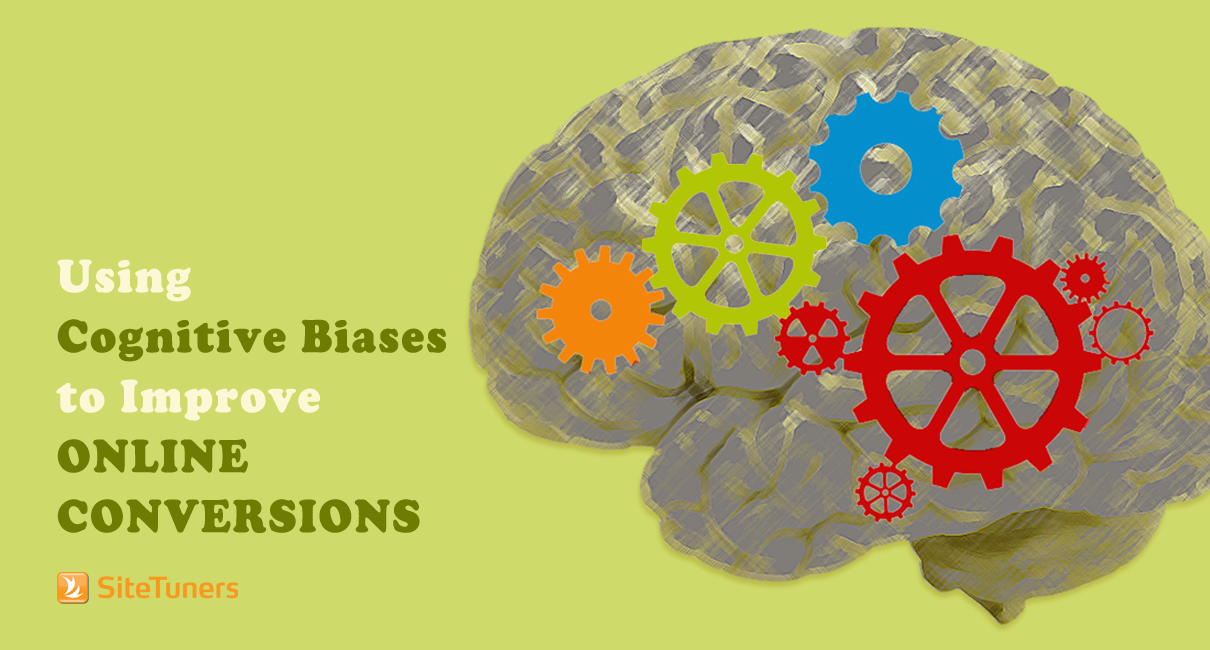 There’s a famous example of how biases can lead to near-automatic behavior in “Influence,” Robert Cialdini’s now popular book about persuasion. A mother turkey, when faced with a stuffed polecat making a “cheep cheep” noise, will lookout for the welfare of the polecat. Take away the “cheep cheep” noise and the turkey will attack the polecat.
There’s a famous example of how biases can lead to near-automatic behavior in “Influence,” Robert Cialdini’s now popular book about persuasion. A mother turkey, when faced with a stuffed polecat making a “cheep cheep” noise, will lookout for the welfare of the polecat. Take away the “cheep cheep” noise and the turkey will attack the polecat.
“Stupid, undeveloped turkeys,” you might say.
The thing is, the same forces affect us – our “cheep cheep” noises are just more nuanced.
If you want to do online marketing well, you need to understand the cognitive biases that lead to our own near-automatic behavior.
Serial Position
One of the basic things you can take advantage of is how we all remember items on a list.
The serial position effect notes that the first and last entries in a list get an outsized share of attention. This means that you should not list features and benefits in descending order of importance. Instead, you should put the most salient points at the start and at the end of a list.
Everything in the middle is likely to be scanned over, with users remembering just the first and last items.
Bandwagon
The bigger something gets, the more network and bandwagon effects just take over to make it larger.
This is why social proof such as star ratings, reviews, share buttons, total number of customers served, and similar tools can be effective when used correctly.
You just have to be careful about how you implement technology targeting the bandwagon effect – you can easily shoot yourself in the foot by posting a product with “0 reviews.”
Anchoring
You know how on particular menus, the more expensive wines are listed first?
Restaurants that do that are taking advantage of anchoring – our tendency to compare all other items to the first thing we see.
Everything on the menu will seem to have better value for money because of the expensive wine. By the same token, if you list the more expensive products first on your online catalog, users will “anchor” against that first price, making the rest of the items seem less expensive.
Isolation
The Von Restorff effect or isolation effect predicts that when multiple items of the same type are presented to a person, the one that differs the most is more likely to be remembered. This means a few important things for call-to-action buttons and other things that you need users to pay attention to:
- Use a color that contrasts with the theme of the site for your call-to-action
- On a site with mostly regular shapes, slight curves on important buttons will make users pay more attention
- You can experiment with size and font differences to make your CTAs pop
Putting It All Together
Humans tend to make decisions and then rationalize after the fact about the decision they made. For every decision we make with a ton of thought before taking one action, there are a dozen others where our “cheep cheep” triggers just push us to do things near-automatically.
If you understand what the triggers are for those automatic reactions, you’re more likely to get people to pay attention. If you use the Von Restorff effect, anchoring, the serial position effect, and the bandwagon effect for your web site, you’re much more likely to increase your conversions.






